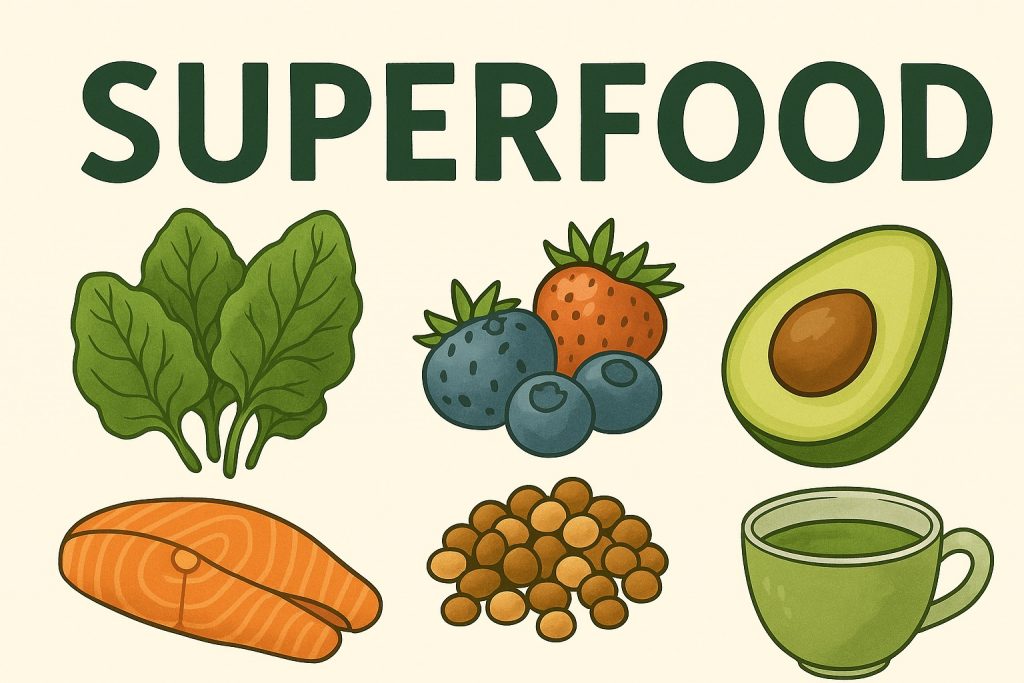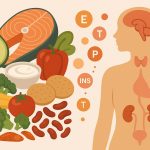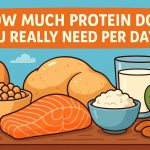In recent years, the term superfood has gained enormous popularity in health circles, grocery stores, and online wellness communities. But what exactly qualifies a food as “super”? And do these foods really live up to the hype?
What Is a Superfood?
“Superfood” is not a scientific term but a marketing concept used to describe nutrient-dense foods that offer exceptional health benefits. These foods are typically rich in:
- Vitamins and minerals
- Antioxidants
- Healthy fats
- Fiber
- Phytonutrients
Superfoods can support immune function, protect against inflammation, promote brain and heart health, and even reduce the risk of chronic diseases. However, no single food can replace a balanced diet—superfoods work best as part of a healthy lifestyle, not as miracle cures.
Top Examples of Superfoods
Here are some of the most widely recognized and studied superfoods:
Leafy Greens
Spinach, kale, and Swiss chard are loaded with iron, calcium, and vitamins A, C, and K. They also contain chlorophyll and antioxidants that support cell repair.
Berries
Blueberries, strawberries, and acai are high in antioxidants, particularly flavonoids, which protect the brain and reduce inflammation.
Avocado
Rich in monounsaturated fats, potassium, and fiber, avocados support heart health and hormone production.
Fatty Fish
Salmon, sardines, and mackerel contain omega-3 fatty acids, crucial for brain function, mood regulation, and cardiovascular health.
Legumes
Lentils, chickpeas, and black beans are great plant-based sources of protein, fiber, and iron, supporting digestion and muscle health.
Green Tea
Packed with catechins, green tea boosts metabolism, reduces inflammation, and may lower cancer risk.
Quinoa
A gluten-free pseudo-grain rich in protein, magnesium, and B vitamins, ideal for energy and tissue repair.
Nuts and Seeds
Almonds, walnuts, flaxseeds, and chia seeds provide healthy fats, vitamin E, and antioxidants that promote brain and skin health.
Are Superfoods Enough?
While superfoods offer concentrated nutrients, they aren’t magical. Relying on them without addressing overall dietary balance, hydration, sleep, and physical activity will not deliver optimal results. What matters most is the quality and diversity of the entire diet.
How to Include Superfoods in Your Diet
- Add berries to yogurt or oatmeal
- Toss leafy greens into smoothies or soups
- Replace white rice with quinoa or legumes
- Snack on a handful of nuts or seeds
- Use avocado as a spread instead of butter
- Drink green tea instead of sugary drinks
Glossary
- Antioxidants – Compounds that neutralize free radicals and prevent cell damage*
- Omega-3 fatty acids – Essential fats that support heart, brain, and joint health*
- Phytonutrients – Natural plant chemicals that have protective or healing properties*
Conclusion
Superfoods can be a powerful ally in promoting health, but they are not a shortcut. When integrated into a diverse and balanced diet, they can help you feel energized, resilient, and well-nourished. The real “superpower” is in consistency and variety—not perfection.


